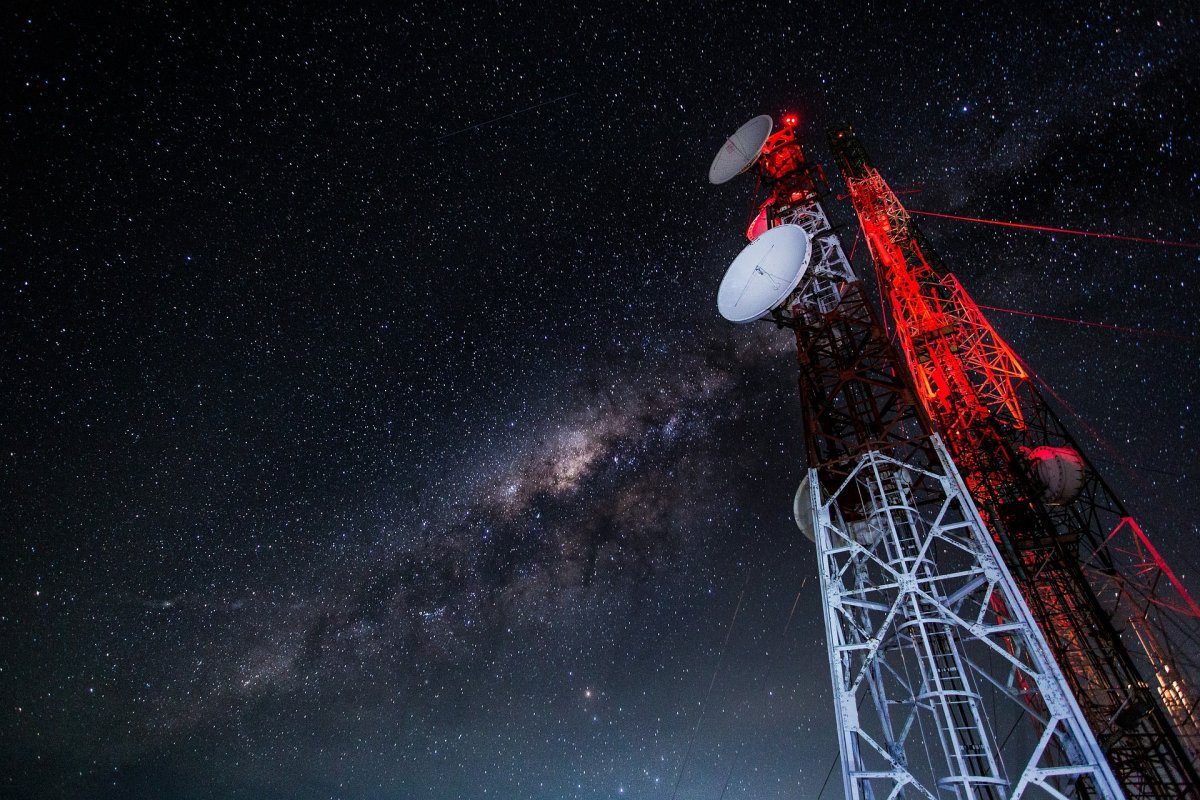
Comet “Wow”?
St. Petersburg College astronomer Antonio Paris believes that a comet called 266P/Christensen, uncatalogued at the time that the “Wow!” signal was first discovered, may actually have been the signal’s source. However, not all astronomers agree — including Jerry Ehman, the astronomer who discovered the signal in 1977. “We do not believe the two-comets theory can explain the Wow! signal,” Ehman told Live Science on June 12.
Ehman reviewed Paris’s work with Robert Dixon, the director of the radio observatory at The Ohio State University. The team agreed on two major problems with the conclusions that Paris drew. First, the signal didn’t repeat. Second, it appeared for a very short time. Ehman also noted that the configuration of the Big Ear telescope should have allowed for a repeat if the source was a comet; instead, there was only one, as if the source was abruptly cut off. The telescope had two “feed horns,” and each offered a slightly different field of view.
“We should have seen the source come through twice in about 3 minutes: one response lasting 72 seconds and a second response for 72 seconds following within about a minute and a half,” Ehman told Live Science. “We didn’t see the second one.”
The frequency of transmission is also problematic. SETI senior astronomer Seth Shostak argues that comets wouldn’t generate sufficient hydrogen to create the signal. “I don’t think anyone ever found such emission from comets,” Shostak told Live Science.
So, does this lend credence to the theory that the “Wow!” signal was sent by aliens?

Wait, Aliens?! Probably Not
No. It remains extremely unlikely that the signal was sent by aliens, and Ehman is certainly not making that argument. There are a variety of sources that might cause a signal to disappear suddenly, such as fast radio bursts (FRBs), which last only milliseconds. Their origins are debated, and they seem to produce irregular signals. If the Big Ear caught only a fragment of that sort of strange signal, Ehman speculated, it might look like “Wow!” did. Another possibility is a problem with the Big Ear itself, which Paris acknowledged to Live Science.
In any event, an absence of evidence for a comet, for example, isn’t evidence in and of itself for aliens. We may have to continue our search for alien life as well as evidence that can resolve any remaining elements of the mystery of the “Wow!” signal.